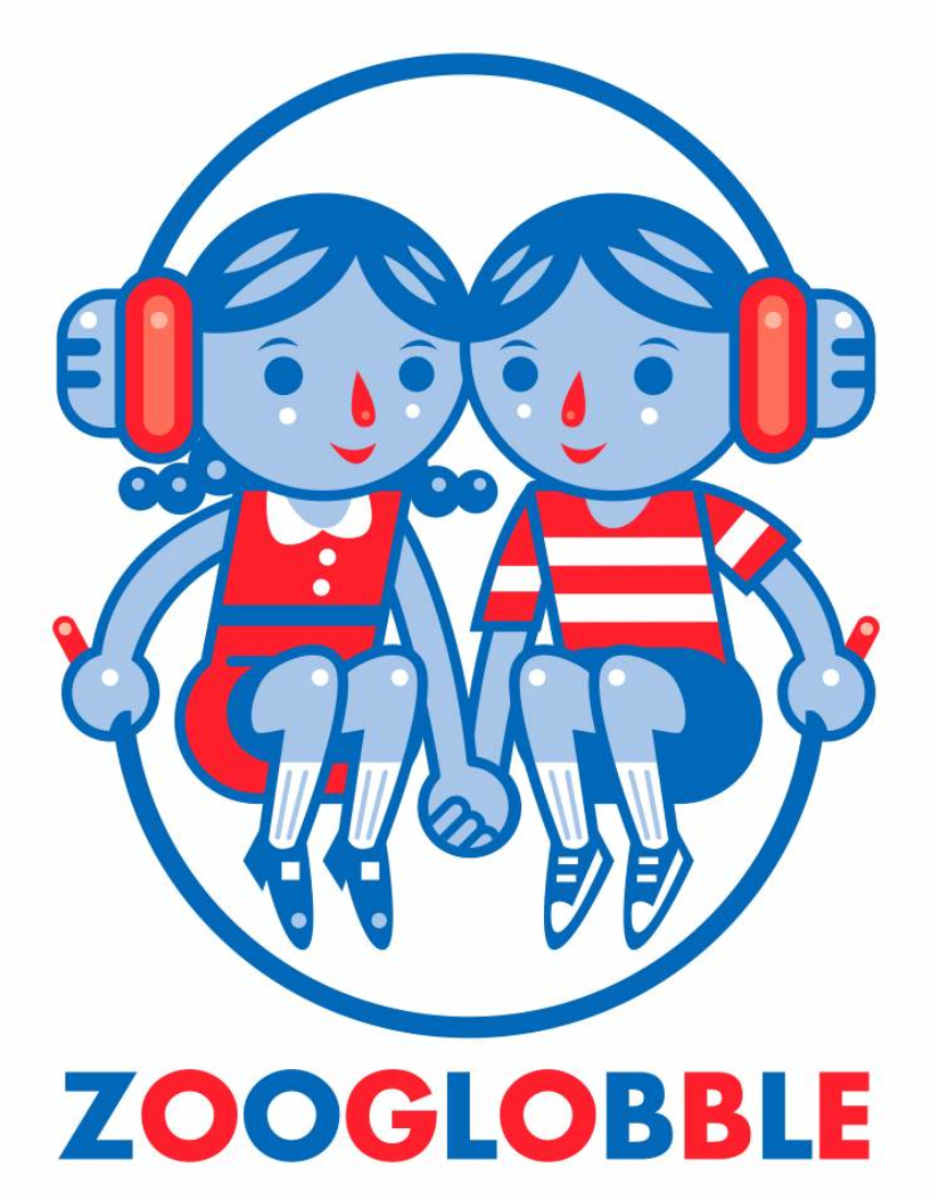Can singing together change the world?
On its surface, the answer is "no," but the act of singing together produces a lot of other changes that might nudge the world into a better place, particularly in how we deal with people we meet.
No doubt Peter Blood and Annie Patterson, the editors behind the Rise Again Songbook, strongly agree. Musicians and songleaders, the two of them in 1988 edited and published through Sing Out! magazine Rise Up Singing, a collection of 1,200 songs. (The fact that no less than Pete Seeger wrote the introduction was a leading indicator of the book's acceptance in the folksinging world.)
Now the pair are back with Rise Again: A Group Singing Songbook, a sequel featuring another nearly 1,200 songs for singing alone or (presumably preferably in the eyes of editors) with others. The late Pete Seeger contributed a preface this time around and Billy Bragg the foreword. Assuming three minutes per song, that's another 60 hours or so of singing. (Better bring your throat lozenges.)
We purchased the original Rise Again (the 15th Anniversary Edition) more than a decade ago, and while I can't say that it's led to nightly rounds with the family, neighbors, or strangers passing by on the street, we do dip into it occasionally. So while I don't know if I'm the followup's primary audience, I'm certainly more predisposed than the average American to find value in Rise Again.
The basic structure of both books is to include lyrics and chord changes, along with some basic songwriting credit and recording history, but not to include melodic notes. (You can see part of a sample page here.) This is an eminently reasonable decision -- only a small percentage of the population can actually read music, and if you're trying to choose songs to sing, you're probably going to gravitate to familiar melodies for which you don't need the music. It does mean that folks like me (who can read music) who love exploring unfamiliar songs need to turn to Spotify, YouTube, the CDs by Patterson and Blood featuring basic melodies, or the public library to learn the songs, but that means turning away from the pleasures of diving into the book. (But again, I'm probably in the minority here.)
In both books, the songs are organized by theme. Some themes are fairly obvious and well-defined -- "Faith," "Seas & Sailors," "Travelin'" -- while others are a bit more nebulous (and also reflect the desire for social justice that in part was the animating impulse behind these books), such as "Earthcare," "Peace," and "Struggle." (There are also sections specifically for kids under age 8 and lullabies.) While it's possible that a reader could find a song of interest thumbing through individual sections, or guess in which section a particular song might nestle, they're far more likely to use the Titles index in the back.
Because readers are likely to turn to these books to sing familiar tunes, the differences Rise Again has compared to its predecessor are not insignificant. I haven't done a statistical analysis -- it would take some time to tally up the results from 2,400 songs -- but it feels like I know considerably more songs in Rise Up Singing than in the new book. There are more public domain songs, more songs that have been around for generations, centuries even. The comparative lack of familiar songs isn't a problem in and of itself, but for me there are just fewer familiar songs.
On the flip side, however, Rise Again features way more contemporary artists than the original book did, and not just because the original book came out in 1988. Here's a partial list of artists just from the first page of the Artist Index in Rise Again who aren't in the equivalent index in the 1988 book: Adele, Rani Arbo & daisy mayhem, The Avett Brothers, The Band, Billy Bragg, Garth Brooks, Jackson Browne, Mary Chapin Carpenter, Johnny Cash, Tracy Chapman, Eric Clapton, Jimmy Cliff, Bruce Cockburn, and Coldplay. I'm not going to recognize every song by those artists, either, but that's indicative of a book that's trying to reach a broad audience that might not necessarily have copies of Peter, Paul & Mary albums in their iPhones.
(As an aside, there are also some familiar kids music names -- besides daisy mayhem, familiar names like Cathy Fink & Marcy Marxer, Bill Harley, Peter Alsop, Jay Mankita, John McCutcheon, The Nields, and Barry Louis Polisar appear in the book.)
A couple technical comments, one positive, one a suggestion for improvement. First, the positive: these are spiral-bound books, which aids greatly in its use -- it lays flat anywhere, and you can even fold it around so you only see one page. The suggestion for improvement? Add a ukulele chord chart to go along with the guitar chord chart on the last page. The ukulele is an incredible sing-along instrument, and deserves to be a part of this book as much as the guitar.
So would I recommend Rise Again? From a sheer familiarity standpoint, I'd probably recommend Rise Up Singing before this new book as I think that even with another quarter-century's worth of songs included in Rise Again, for most folks I think they'll find the original has more songs they'll be able to sing. But there are certainly enough songs that have seeped into the national consciousness in this new book that it'd keep your family occupied for months if not years to come. And hopefully it's not too much to ask that this be an ongoing project, that this become a trilogy another quarter century from now. I'd definitely recommend Rise Again as I do think in its small way it could change the world, one singalong at a time.
Note: I was given a copy for possible review.












